René Bertholo archive in the Art Library
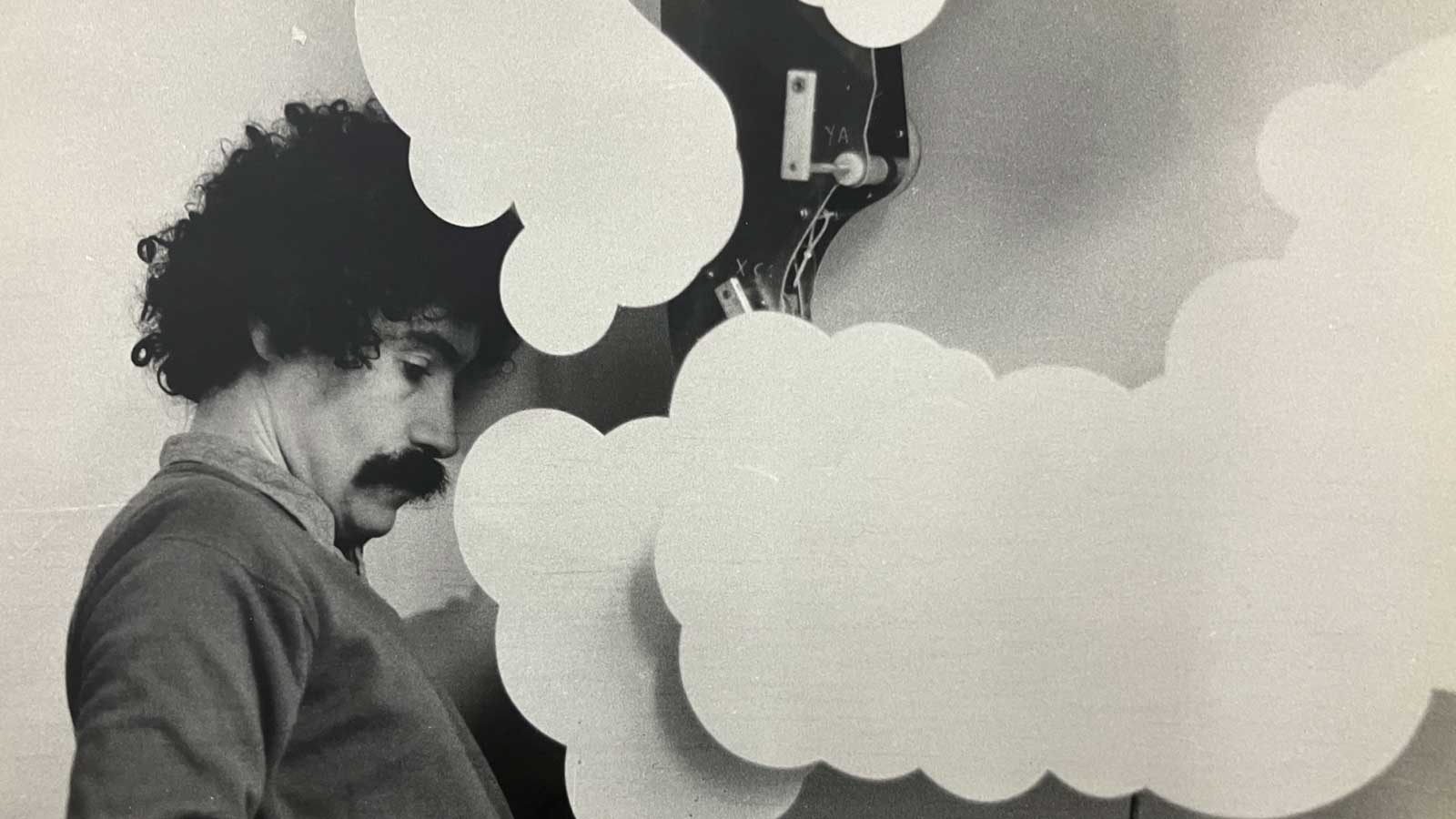
The Calouste Gulbenkian Foundation has received a donation from the heiress of René Bertholo, the documental archive of the artist, who was one of the most important names in the Portuguese art scene during the second half of the 20th century.
Having realized part of his work abroad, integrated in the context of modern and contemporary art of the 1960s and 1970s, Bertholo was a scholarship holder of the Fine Arts Service and is represented in the Centro de Arte Moderna collection.
This archive, now part of the Art Library’s collection, consists of a diverse set of documents including correspondence with entities, institutions, and contemporary artists, such as his friends and colleagues from the KWY group, or the Argentine Alberto Greco, photographs, press clippings, various ephemera, posters, and a set of publications, including catalogues of exhibitions he held abroad, mainly in Paris, in the 1960s and 1970s, magazines and posters.
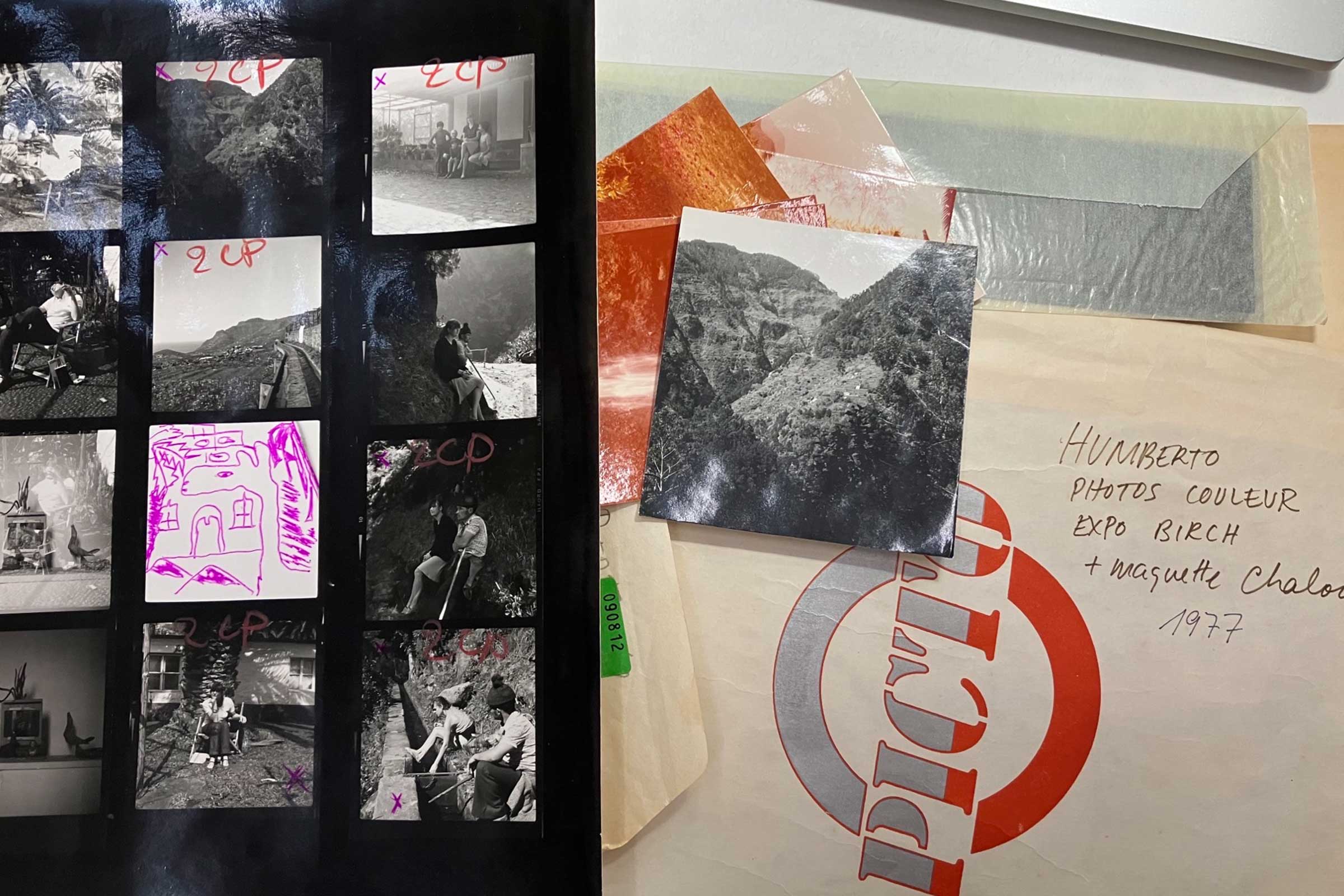
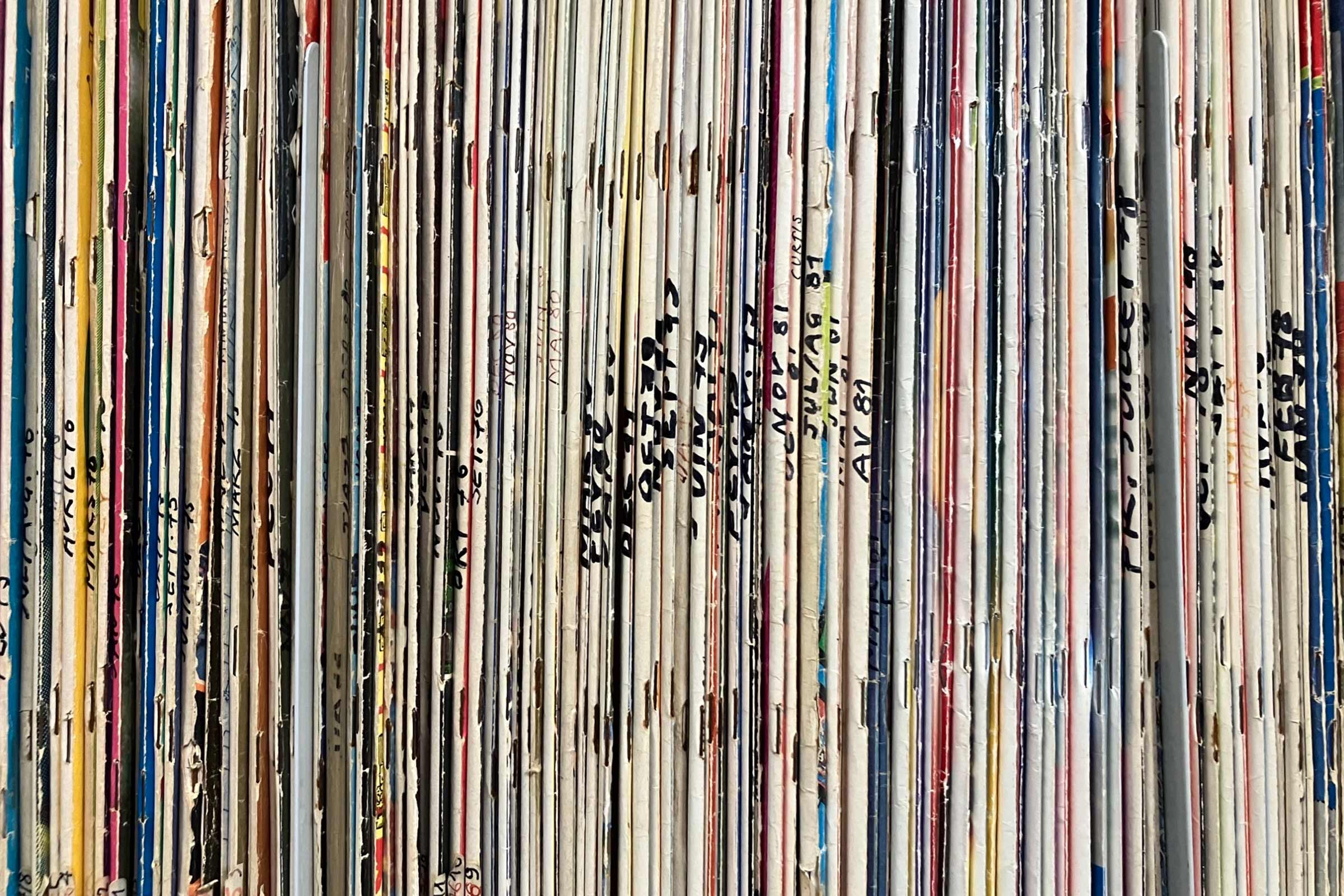
This archive will not only provide a better understanding of René Bertholo’s artistic practice but will also help to contextualize in a more comprehensive way the links between the artists of his generation and the international artistic circuit.
Its integration into the Art Library’s collection, joining the Alberto Carneiro Archive and the collections of Fernando Calhau, Jorge Vieira, Helena Almeida, and David de Almeida, contributes significantly to the consolidation of this service as the reference library for the study and understanding of national artistic production between the second half of the 20th century and the first decades of the present century.
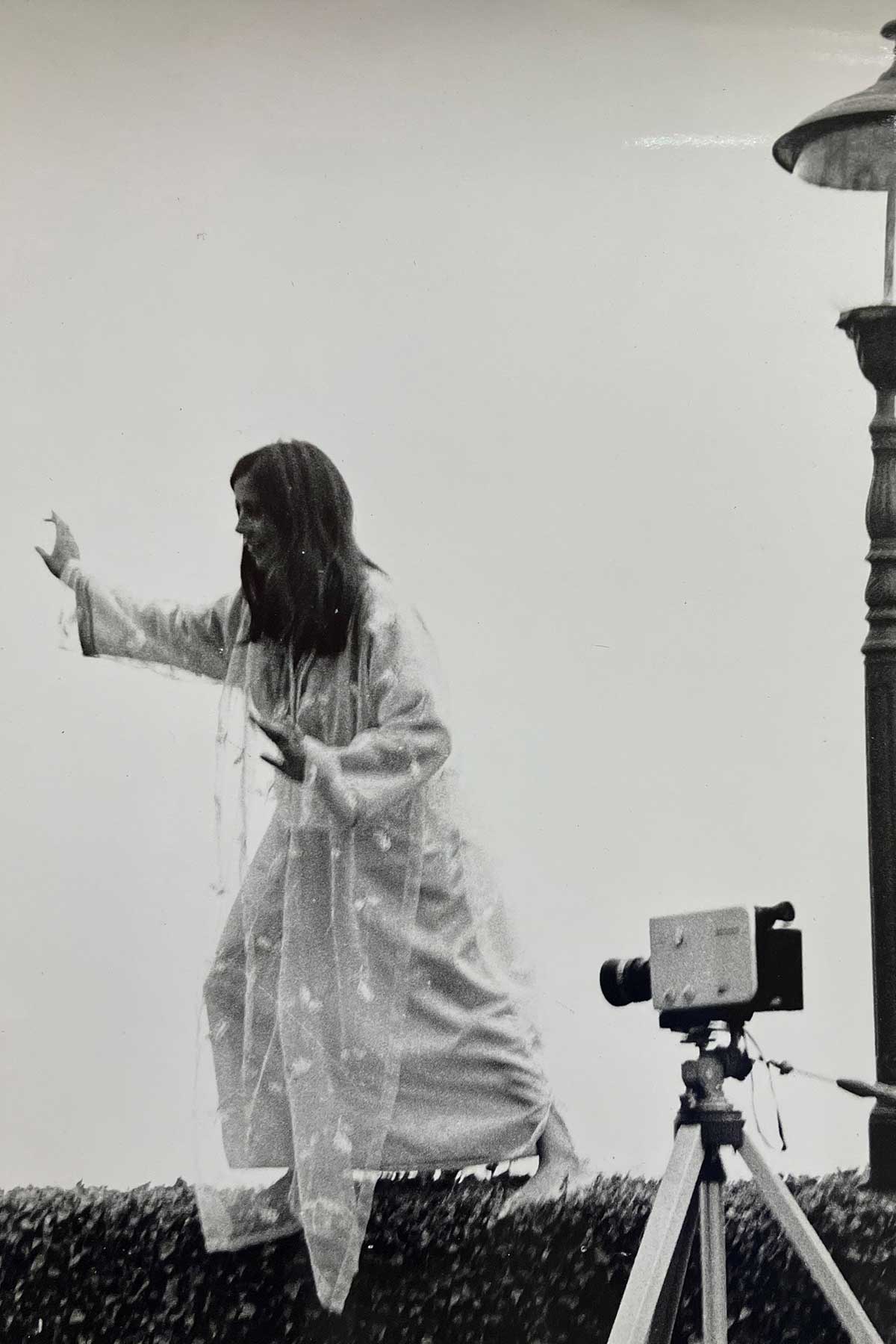
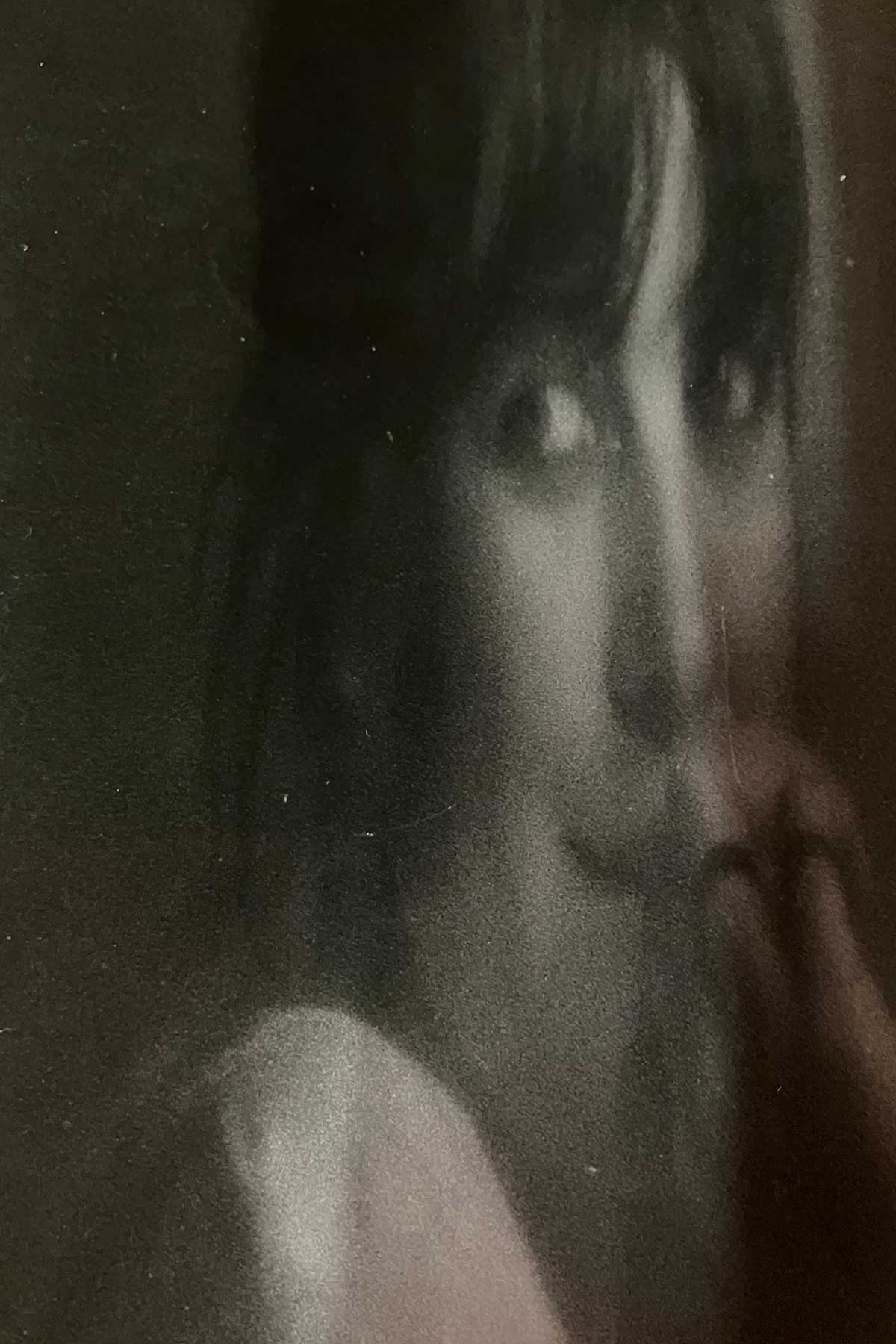
As it is inventoried, this archive will be made available, supporting the research of the artist’s works in the Centro de Arte Moderna collection and the study of researchers, curators, critics, national and foreign.
René Bertholo (Alhandra 1935 - Vila Nova de Cacela, 2005) received his first artistic training at the Escola de Artes Decorativas António Arroio (1947-1951), and then attended the Escola Superior de Belas Artes, Lisbon (1951-1957).
In these years he began to participate in group exhibitions, held his first solo show at Galeria Pórtico (1956) and shared the studio with his friends José Escada, Gonçalo Duarte, and João Vieira (1956). This studio was above the Café Gelo, in Rossio, where artists and writers such as Mário Cesariny, Luiz Pacheco, Herberto Helder gathered.
At Escola Superior de Belas Artes, Lisbon, he met Lourdes Castro, whom he married (1956) and with whom he left, first for Munich and then for Paris (1958). In Paris, they began publishing the magazine KWY, which was the origin of the KWY group (acronym for Ká Wamos Yndo) consisting of Bertholo, Lourdes Castro, Costa Pinheiro, Gonçalo Duarte, José Escada, João Vieira, the German Jan Voss, and the Bulgarian Christo.
The Calouste Gulbenkian Foundation awarded him a grant for his stay in Paris (1959-1960).
He exhibited individually abroad for the first time at Galerie Dragon (Paris, 1963). Throughout the 1960s, he took part in several group exhibitions - in Portugal and abroad - that would link him to the development of Nouvelle Figuration.
From 1966, René Bertholo began to experiment with other forms of artistic creation, building models of small, mechanically driven objects, almost abandoning painting, which he would return to in the 1970s.
He returned permanently to Portugal in 1981. He is represented in the Centro de Arte Moderna collection, and the Serralves Museum dedicated a retrospective exhibition to him (2000).